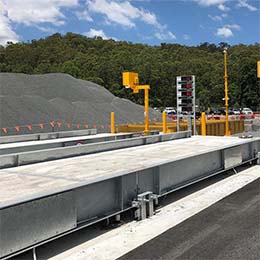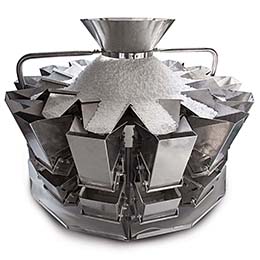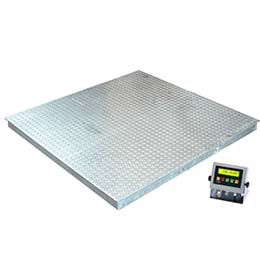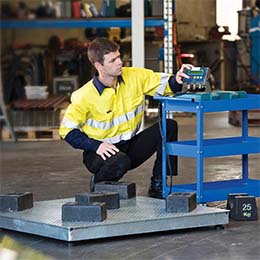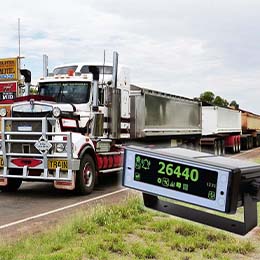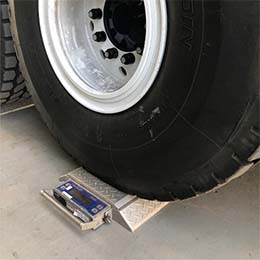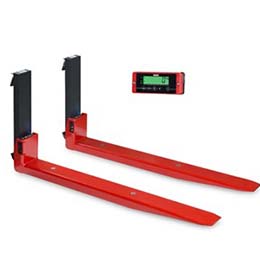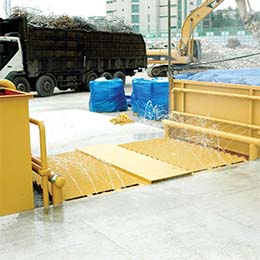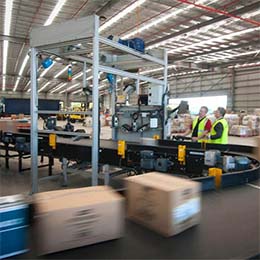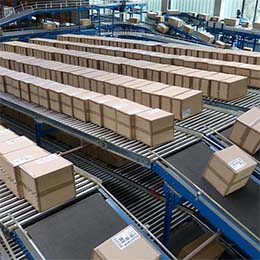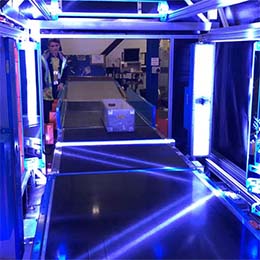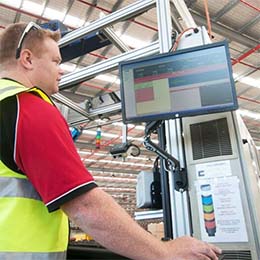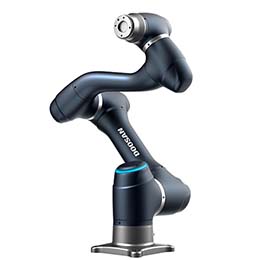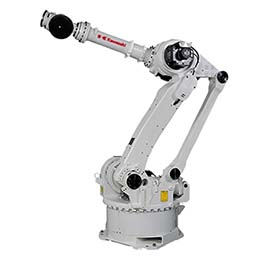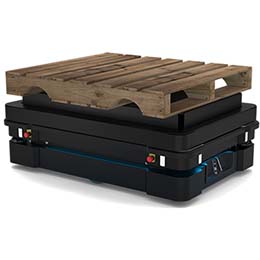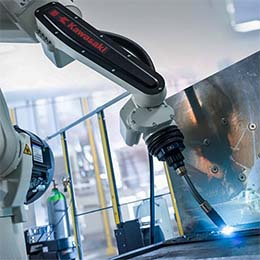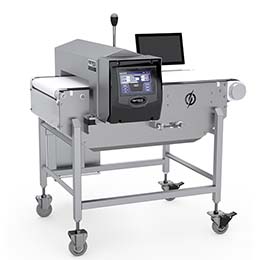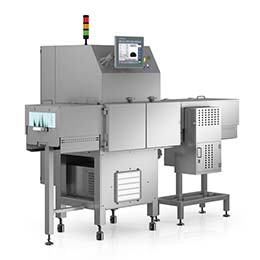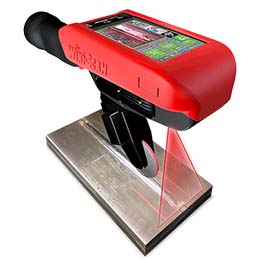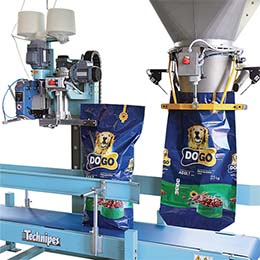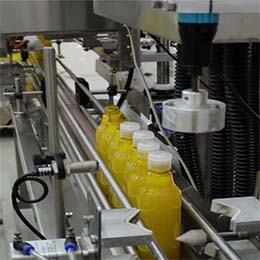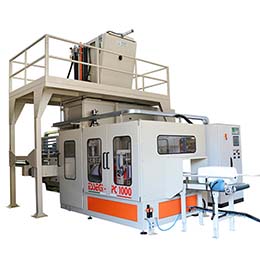The key drivers shaping the future of the industrial packaging market over the next few years will be making packages lighter, safer, more shapely and more recyclable.
These trends were identified by Smithers Pira, a worldwide authority on the packaging, paper and print industry supply chains in its recent market study, ‘The Future of Industrial packaging to 2020’. The report forecast annual growth of 3.4% for the annual industrial packaging market to US$61 billion by 2020, with Asia holding the largest market share ahead of Western Europe and North America.
The four key trends identified in the study are:
Trend #1 – The 3Rs
Creating more sustainable packaging will continue to be an important driver of change in the industrial packaging market. The 3Rs – reduce, reuse and recycle – provide robust guidelines (and in the case of the UK, are actually legislated) for manufacturers to prolong the lifecycle of finite resources and encourage the recycling process which significantly reduces air and water pollution, saves energy and water and lowers mining waste.
This trend is expected to be most evident in metal packaging which has a major advantage over alternative materials like plastic and fibreboard as its integral strength isn’t diminished over successive stages of recycling.
Trend # 2 – Downgauging
Downgauging is another term for material reduction – and in recent times, significant advances have been made which have enabled packaging performance to be improved whilst fewer materials and smaller volumes are used.
The study cited the example of a typical 9kg plastic drum which, in the 1970s, would have weighed over two thirds more than it does nowadays. Similar technical and engineering improvements have also been made with steel drums, multiwall paper sacks and plastic films – all of which have been achieved without sacrificing the products’ strength or performance.
There are numerous benefits to downgauging including reduced cost (as less materials are used) and improved logistics – and continued pressure from customers to deliver further improvements will drive ongoing innovation from industrial packaging designers.
Trend # 3 – More shapely packs
The shape of the pack itself and how it can optimise cargo space without compromising protection is another very important influence on the future of the industry. The study noted that improvements in packaging materials and the reduction of materials usage will continue to have a positive impact on logistics costs, and that cube size and shape are increasingly being appreciated by logistics chains.
A trend going forward will be greater use of rectangular rigid intermediate bulk containers (IBCs) which enable more effective packing and use of container spaces (with fewer voids) with eventual improvements in trailer transportation efficiencies. These gains would however, necessitate investment in mechanical handling equipment down the logistics chains.
Trend # 4 – Safety
Safety assurance is a growing concern around the world and whilst governments and public sector authorities are focused on controlling packaging waste, the industrial packaging sector is very aware of the need to balance this with the critical protection that packaging provides – particularly when hazardous materials are involved.
The study noted that the industrial packaging sector was dependent on four key user industries, namely chemicals and pharmaceuticals, lubricants, bulk foods and beverages and building and construction. The chemicals and pharmaceuticals sector was the largest end user of industrial packaging, accounting for over 30% of total sales with drums and IBCs together forecast to grow from just under a third of the market in 2013 to 36% of total usage by 2020. The strongest growth is expected to come from IBCs with sacks expected to lose 2% share to 25% as the market moves away from manual handling towards greater mechanisation.
If you’re concerned whether your packaging equipment will be able to handle any new packaging shapes or materials that are tipped to enter the market in the next few years, you should talk to the experts.
Diverseco is one of Australia’s largest suppliers of packaging, filling, and bagging equipment and we have the knowledge and technical expertise to assess and future-proof any packaging process. We supply a full range of equipment from manually operated bagging machines to fully automated filling and packaging lines, and they will deliver the ideal solution to meet all your needs.

